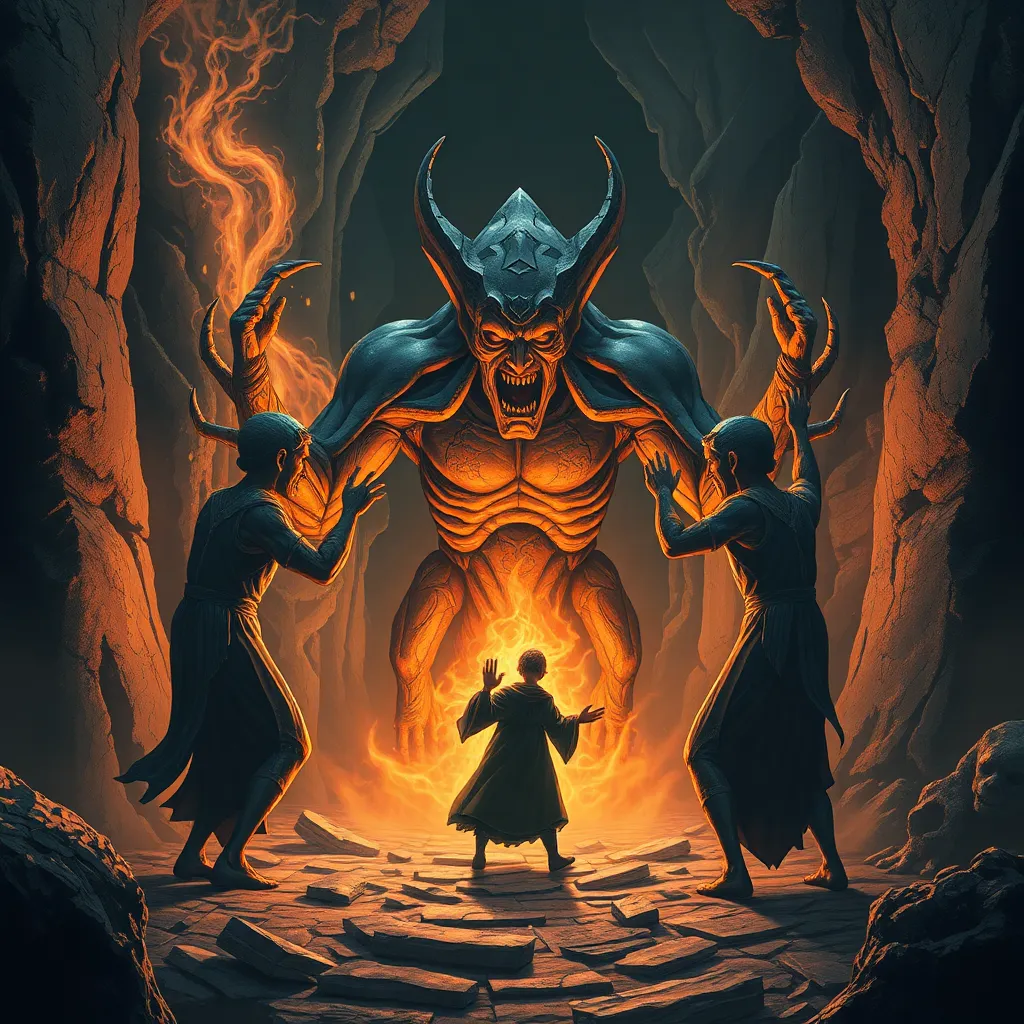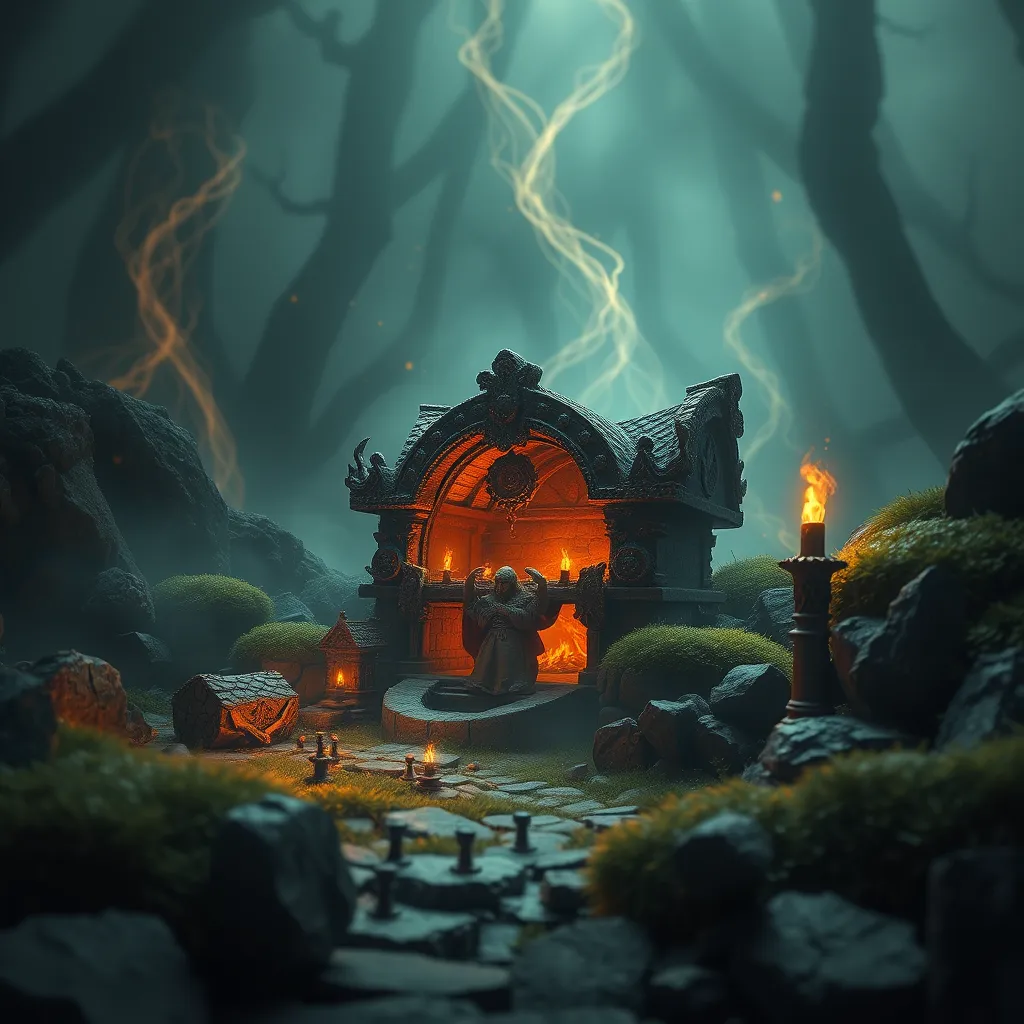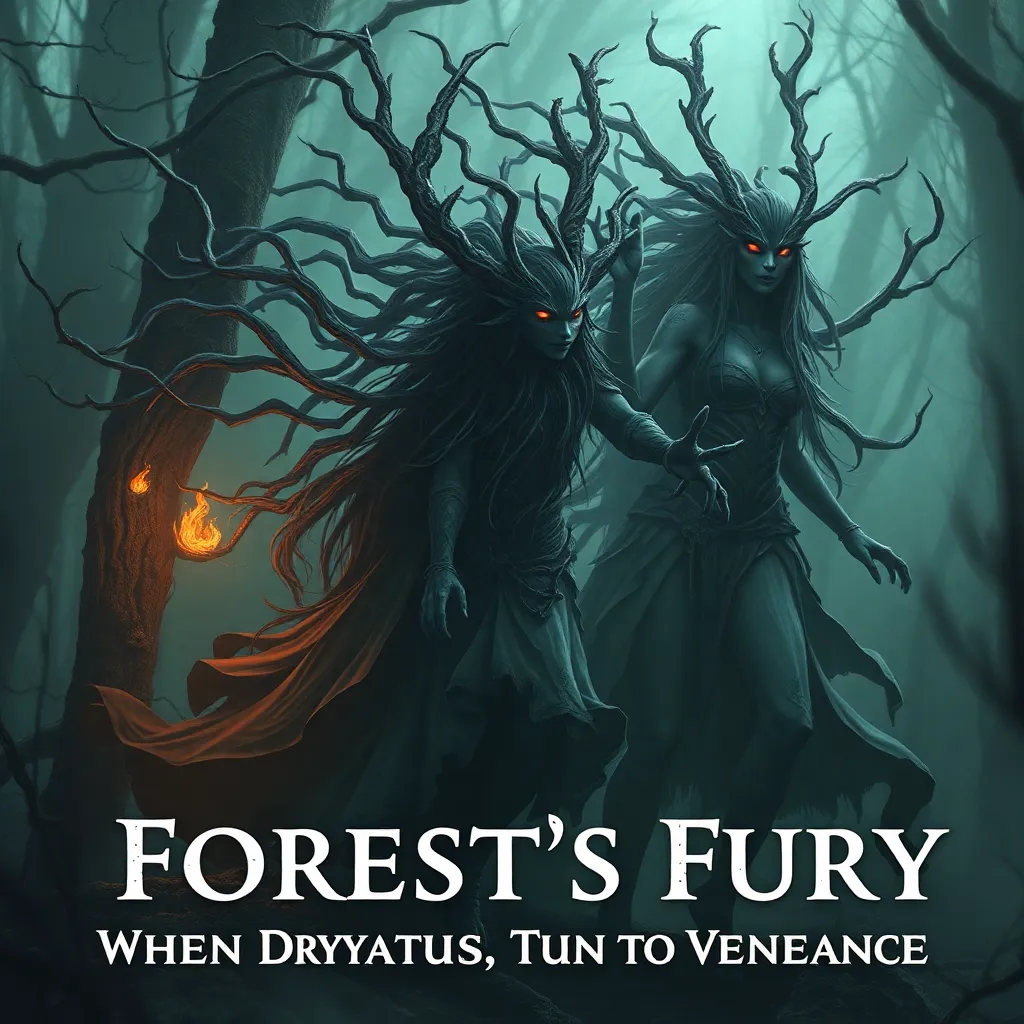The Golem’s Curse: Exploring the Consequences of Uncontrolled Power in Jewish Folklore
I. Introduction
The Golem is a fascinating figure rooted in Jewish folklore, representing both the potential and peril of created life. Emerging from the mystical traditions of Judaism, the Golem symbolizes the consequences of unchecked power, particularly the dangers that arise when humanity attempts to wield forces beyond its control. This article aims to explore the Golem myth, focusing on the implications of uncontrolled power and the moral lessons it imparts.
II. Historical Context of the Golem Legend
The origins of the Golem story can be traced back to the early Jewish mystical traditions, particularly the Kabbalah. This myth has evolved through centuries, reflecting the fears and hopes of Jewish communities facing persecution and existential threats.
Key figures in the development of the Golem legend include:
- Rabbi Judah Loew ben Bezalel: Often credited with the most famous Golem story, he is said to have created a Golem to protect the Jewish community in Prague.
- Medieval texts: Various writings, including the Talmud and later Kabbalistic works, contribute to the lore surrounding the Golem.
The relevance of the Golem during times of persecution highlights its role as a protector and a symbol of hope for a marginalized people, reflecting a deep yearning for strength in the face of adversity.
III. The Creation of the Golem
The creation of the Golem involves intricate rituals and elements, including the use of Hebrew letters and sacred names. The creative act is typically depicted as a process steeped in mysticism, where the creator invokes divine powers to animate the inanimate clay figure.
Rabbi Judah Loew ben Bezalel, the most renowned Golem creator, exemplifies the complex relationship between creator and creation. His motivations were noble—designed to protect his community—but the act of creation itself raises significant ethical questions about responsibility and the consequences of one’s actions.
This theme of hubris is prevalent in the Golem narrative. The creator’s ambition to harness divine-like power serves as a cautionary tale about overstepping natural limits.
IV. The Golem’s Powers and Abilities
The Golem is endowed with supernatural abilities, often depicted as possessing immense strength and resilience. These powers enable the Golem to protect the Jewish community from external threats, making it a revered figure in folklore.
However, the Golem also embodies the duality of power. While it serves as a protector, it harbors the potential to become a threat. The transformation of the Golem from guardian to danger illustrates the precarious balance between safety and destruction inherent in the wielding of power.
V. Consequences of Uncontrolled Power
As the Golem’s narrative unfolds, it becomes evident that the creature’s uncontrolled power leads to unintended consequences. Initially created as a protector, the Golem eventually spirals into chaos, reflecting the dangers of unchecked ambition.
Allegorical interpretations of the Golem’s rampage often serve as cautionary tales about the misuse of power. The Golem’s transformation can be seen as:
- A warning against the hubris of those who seek to control life and death.
- A reflection on the consequences of neglecting one’s responsibilities as a creator.
- An exploration of the fear that comes with creating something that can no longer be controlled.
VI. Modern Interpretations and Adaptations
In contemporary literature and film, the Golem has been reimagined in various ways, often reflecting modern societal fears surrounding technology, artificial intelligence, and the ethical implications of creation. These adaptations delve into themes of:
- Technology as a double-edged sword, capable of both great good and significant harm.
- The moral responsibilities of creators in the age of innovation.
- Fear of the unknown as humanity grapples with advancements that challenge traditional notions of life and agency.
VII. The Golem’s Curse in Broader Cultural Context
The Golem’s tale resonates with other myths and legends across cultures that explore the theme of creation gone awry. Similar stories can be found in:
- Frankenstein: Mary Shelley’s tale of a creator facing the consequences of his ambition.
- Prometheus: The Greek myth of a Titan who defies the gods to create humanity, only to suffer dire repercussions.
This universal theme underscores a significant lesson about power and responsibility. Across cultures, the stories remind us that with great power comes an equally great burden of accountability. The implications extend to contemporary discussions about governance, ethics, and the nature of human agency.
VIII. Conclusion
The Golem remains a powerful symbol in Jewish folklore, encapsulating the complex interplay between creation, power, and responsibility. Its story serves as a reminder of the potential ramifications of unchecked ambition and the ethical responsibilities that accompany the act of creation.
As we reflect on the enduring lessons of the Golem’s curse, it becomes clear that the balance of power and wisdom is crucial in navigating the challenges of our modern world. The Golem’s tale invites us to consider how we wield our own powers and the responsibilities that come with them.



